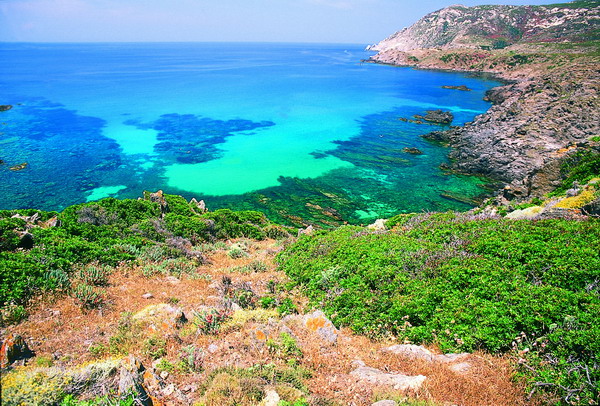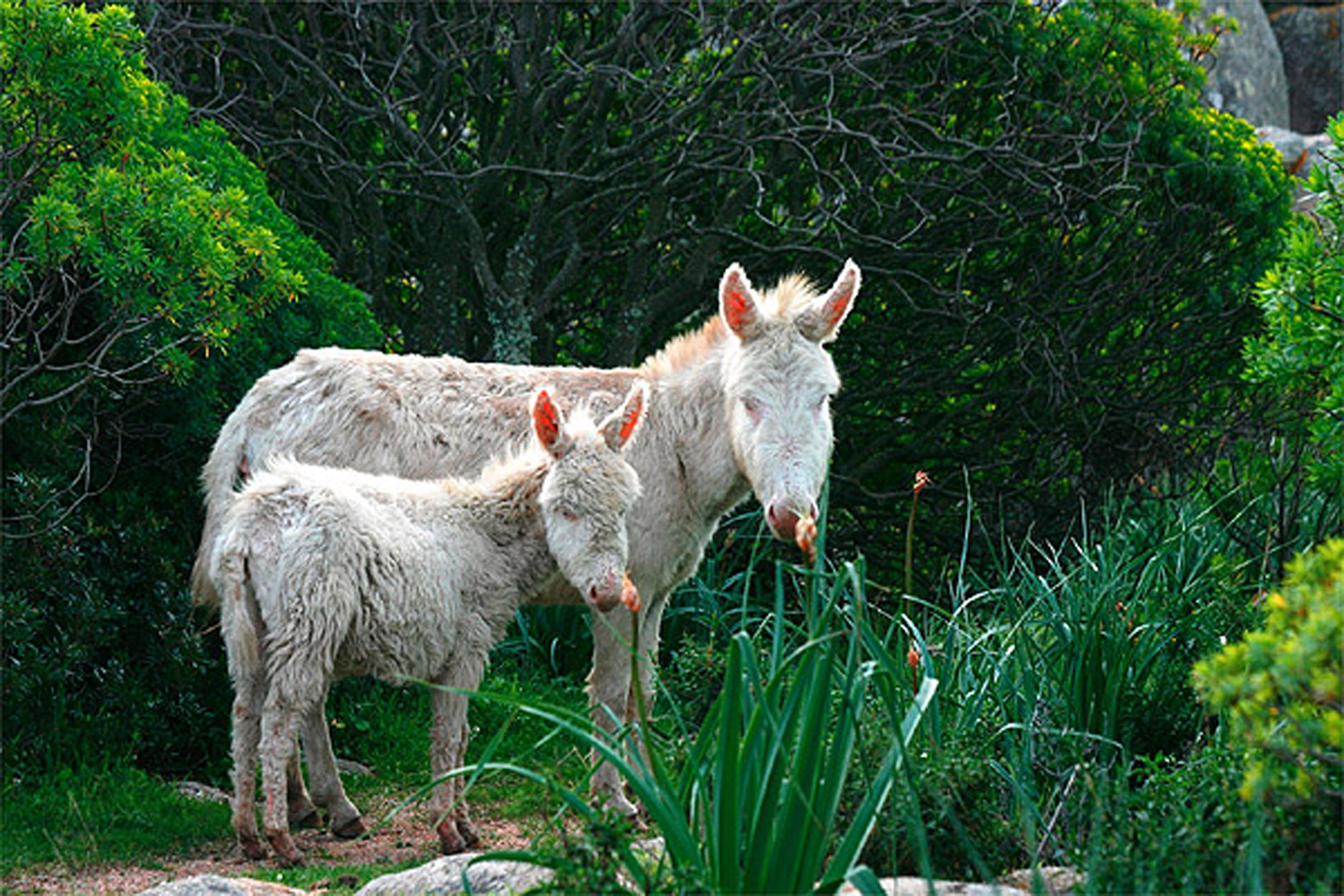
Asinara National Park
This post is also available in:
 Italiano (Italian)
Italiano (Italian)
The island of Asinara is located at the north-western portion of Sardinia. It is the second-largest island after that of Sant’Antioco and features a narrow shape and a very jagged coastline.
The perfect conservation of some part of it, still pristine and wild, was possible thanks to the very history of this island: first, it used to be a quarantine health station, then a prison camp during WWI, and finally one of the main Italian prisons in the 1970s.
FLORA
A thorough botanical study carried out by Professor Emanuele Bocchieri in 1988, reported nearly 700 botanical species and subspecies. The most widespread families are the Compositae, Leguminosae, several varieties of grasses, Umbelliferae, and Scrofulariacee – they actually represent about half of the spontaneous flora of the Asinara Island.
The large surfaces of outcropping rock on the island are mainly covered by evergreen shrub plants, such as mastic trees (Pistacia lentiscus) and olive trees (Olea oleaster), tree spurge (Euphorbia dendroides), Phoenician juniper (Juniperus phoenicea) – with its beautiful green, yellow and red shades – and Cistus monspeliensis.
The western coastal area is steep and rocky, almost totally inaccessible from the sea due to the cliffs as high as 656 ft. Over there, the vegetation features halophilous species with a predominance of Crithmum maritimum, Limonium acutifolium and Erodium corsicum.
The east coast, on the other hand, is generally low and rocky. Sandy coves and brackish ponds alternate, while the beaches are inhabited by plants with a strong root system such as Agropyron junceum, common grass, and Amophila coastalis.
On the island, there are also several endemisms, about 30; 3 of them are exclusive to Sardinia: Centaurea horrida, a species of ancient origin known as “thorny cornflower”, Limonium acutifolium, growing the entire coast, (from June to September, it literally colours the coastline with its magnificent bloom), and Limonium laetum, a rare plant, almost disappearing. Other particularly interesting endemics from a phytogeographical point of view are: Astragalus terraccianoi, Erodium corsicum, Leucojum roseum, and Allium parciflorum.
FAUNA
The island plays an important role internationally in the conservation and reproduction of wildlife that includes several rare and endangered species. Among the endemic entities, there’s the Italian three-toed skink, a scaled reptile, the Sardinian hare (Lepus capensis mediterraneus), and the Greater white-toothed shrew. Among the Sardinian-Corsican species, there are Fitzinger’s algyroides, Sardinian barn owls, spotted flycatchers, garden dormice, and mouflons.
There are also many white donkeys which give their name to this very island. They’re small animals featuring a white coat and a pink skin, with a partial pigmentation of the iris, usually perceived as a pink-blue colour.
This post is also available in:
 Italiano (Italian)
Italiano (Italian)


